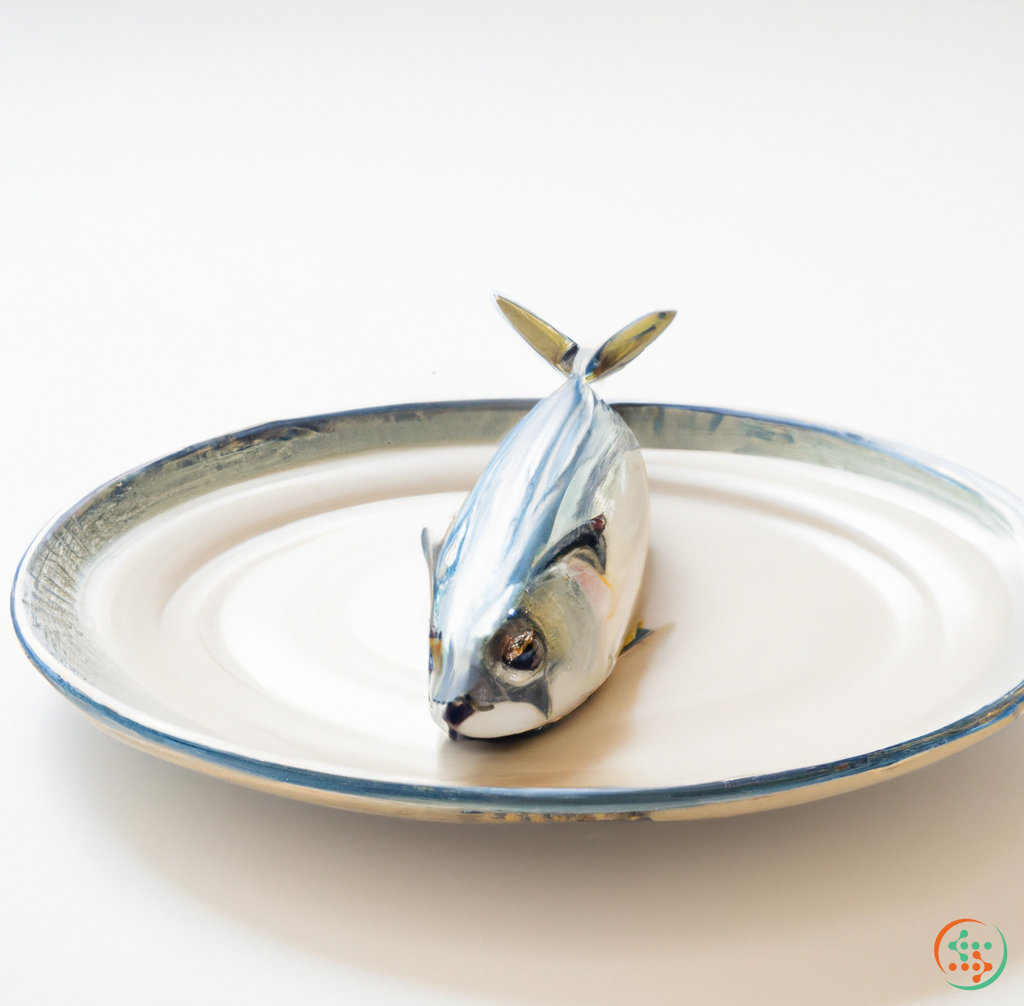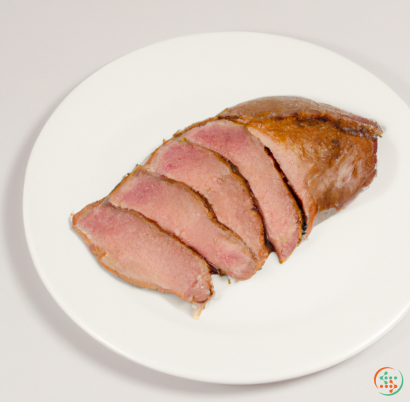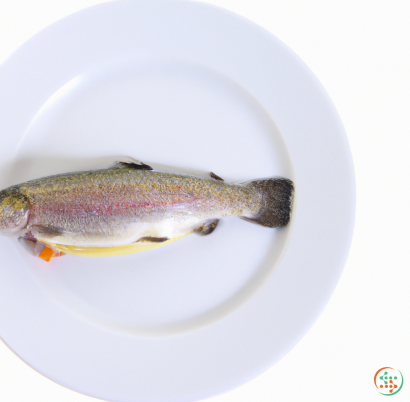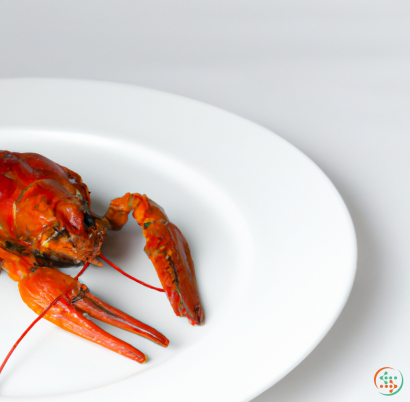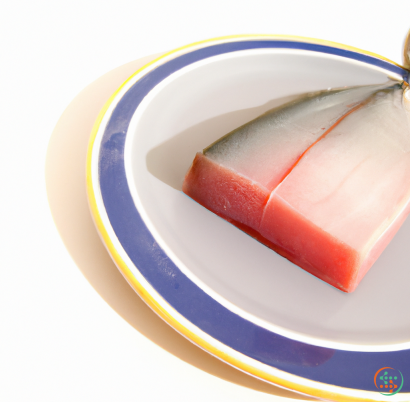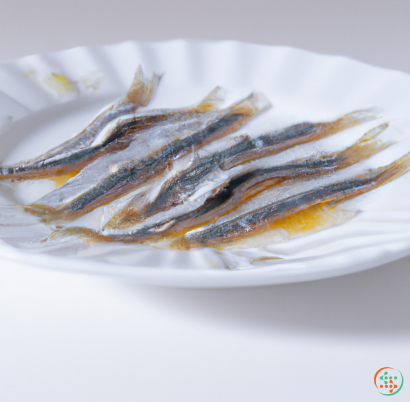Jack Mackerel
A Jack mackerel is a species of fish from the family scombridae. The family scombridae is made up of several species which include tuna, mackerel and Spanish mackerel. It’s also commonly known as a horse mackerel. It’s found throughout much of the western Pacific Ocean, eastern Indian Ocean, and western Atlantic Ocean.
The Jack mackerel typically has a blue-green metallic color on the top, with silver sides and a white underside. It grows to around 38 centimeters in length and has greyish spots and wavy stripes on its side. Its most distinguishing feature is its long pectoral fin. It has long, pointed jaws and large eyes.
The Jack mackerel is an important species for fishing due to its high value in the food industry. In some areas, it’s one of the most abundant and adaptable species of fish available. It’s a schooling species and schools are generally made up of fish of similar size, with adults typically 5 to 10 centimeters larger than juveniles.
The Jack mackerel is an important commercial species. It’s often fished for food and the oil from its liver is used in many industrial and pharmaceutical products. The flesh can be canned, frozen, smoked, fried, or dried for use as an ingredient in soups and stews. Its oil is also used to produce margarines, cooking oils, and omega-3 supplements. Its flesh is also used in a variety of processed foods, such as canned fish patties and fish cakes.
The Jack mackerel can also be harvested for sport. Some anglers consider it to be a great fighting fish and it’s an excellent game fish, particularly when hooked with a light line. It’s excellent for trolling due to its speed and strength. It’s also a popular target for spearfishing.
In addition to being a popular game and food fish, the Jack mackerel is also an ecologically important species. As mentioned previously, it is a schooling species and adults, in particular, provide valuable habitat for numerous smaller species. Their large schools can be a valuable source of food for other fish, seabirds and marine mammals.
The Jack mackerel is also a keystone species in terms of prey-predator relationships. It’s an important food source for many larger species such as birds of prey, seals and porpoises. It also helps maintain the food chain and overall health of the ocean ecosystem.
As climate change continues to affect the oceans, the Jack mackerel is at risk. It’s highly vulnerable to changes in water temperature, salinity, and oxygen levels. It’s often a target for overfishing and the fisheries targeting them often don’t follow the recommended catches. These challenges, combined with the increasing demands on fisheries, further increase the risk to this species.
As an important food and game fish, the Jack mackerel is vital to both local and global economies. It also plays an important role in maintaining our ocean ecosystems. Therefore, it’s important for us to consider and protect this species by adhering to regulation and controlling overfishing. This can help ensure that this vital resource is available for generations to come.
The “Jack Mackerel”, otherwise known as the Trachurus Murphyi, is a species of pelagic fish found in temperate waters mainly off the coasts of Chile, New Zealand, and Cape Verde. Since its discovery in the early 20th Century, it has become a popular addition to dinner plates all around the world, as it is relatively abundant, provides a high-quality source of protein, and is packed with essential vitamins and minerals.
But how does this fish get from being caught in the icy depths of the sea to your dinner plate?
In general, there are three stages to this process: catching, handling and processing, and transport. Each of these stages affect the end product, so understanding how all three influence the food’s flavor, texture, and nutritional quality is vital.
It all starts with the catching of the fish.....
To ensure the quality of the product, fishing vessels use a combination of top-of-the-line gear and skilled personnel in order to perform their task correctly. The gear used for this varies between fisheries and can range from trawling (which is a method that uses large nets to scoop up schools of fish at once), to longlining (which utilizes long strands of bait that are set out to attract big game fish). It is also common to find gillnets or purse seines in use, which are great for capturing the Jack mackerel.
Once caught, the fish must then be handled and processed in an appropriate manner.
Most boats have on-board facilities to process the fish and prepare them for transport. This usually involves a number of steps such as eviscerating (removing the organs), filleting (removing the scales), gutting (removing the guts), and flash freezing (cooling the fish quickly using ice, liquid nitrogen, or a combination of both). This preserves the quality of the product, meaning that once it has been transported, it can be cooked straight away without much further ado.
The last and perhaps most important step of the process is the transport.
During transport, the fish is usually sealed in airtight boxes that maximize the life of the product. It is common to add additional liquids such as brine or oil, and to provide enough oxygen to ensure the highest possible quality of the end product. Refrigerated ships, airplanes, and containers are typically used for the transportation of this particular fish, as they keep the fish at the optimal temperature for prolonged periods of time, preserving the freshness and taste of the fish.
Once the fish has reached its destination, it is packaged and labelled appropriately, in accordance with the regulations set forth by food safety and health agencies of each country. The labeling typically includes information such as the source of the fish and the country of origin, in order to inform the consumer of the fish’s background.
Finally, the fish is ready for sale and can make its way to dinner tables all around the world.
The steps involved in bringing a Jack mackerel from the sea to the dinner plate are crucial in terms of both safety and quality control. Strict regulations are in place to protect the consumer and make sure that the seafood they buy is safe to eat, and each stage of the journey that the fish takes is carefully monitored and controlled.
The path a Jack mackerel takes to your plate is a complex one, with many steps necessary in order to produce a top-quality product. Thanks to the hard work of fishers, processors, transport companies, and regulatory officials, you can dine safe in the knowledge that your meal is of the utmost quality and freshness, as if it were just pulled from the ocean.
| Vitamin A | 0.13 mg | |
| Vitamin D | 0.0073 mg | |
| Vitamin D3 | 0.0073 mg | |
| Vitamin E | 0.00103 grams | |
| Vitamin K | 0.1 ug | |
| Vitamin C | 0.9 mg | |
| Vitamin B1 | 0.04 mg | |
| Vitamin B2 | 0.21 mg | |
| Vitamin B3 | 0.00618 grams | |
| Vitamin B4 | 0.085 grams | |
| Vitamin B5 | 0.31 mg | |
| Vitamin B6 | 0.21 mg | |
| Vitamin B9 | 0.005 mg | |
| Vitamin B12 | 0.00694 mg |
| Calcium | 0.241 grams |
Daily Value 1.3 g
|
| Iron | 0.00204 grams |
Daily Value 0.018 g
|
| Magnesium | 0.037 grams |
Daily Value 0.4 g
|
| Phosphorus | 0.301 grams |
Daily Value 1.25 g
|
| Potassium | 0.194 grams |
Daily Value 4.7 g
|
| Sodium | 0.379 grams |
Daily Value 2.3 g
|
| Zinc | 0.00102 grams |
Daily Value 0.011 g
|
| Copper | 0.15 mg |
Daily Value 0.9 mg
|
| Manganese | 0.04 mg |
Daily Value 0.0023 g
|
| Selenium | 0.0377 mg |
Daily Value 0.055 mg
|
| Tryptophan | 0.26 grams | |
| Threonine | 1.017 grams | |
| Isoleucine | 1.069 grams | |
| Leucine | 1.885 grams | |
| Lysine | 2.13 grams | |
| Methionine | 0.686 grams | |
| Cystine | 0.249 grams | |
| Phenylalanine | 0.905 grams | |
| Tyrosine | 0.783 grams | |
| Valine | 1.195 grams | |
| Arginine | 1.388 grams | |
| Histidine | 0.683 grams | |
| Alanine | 1.403 grams | |
| Aspartic Acid | 2.375 grams | |
| Glutamic Acid | 3.462 grams | |
| Glycine | 1.113 grams | |
| Proline | 0.82 grams | |
| Serine | 0.946 grams |
| Total Sugars | 0 ug |
per 100g
|
| Lauric acid (12:0) | 0.01 grams |
|
| Myristic acid (14:0) | 0.29 grams |
|
| Palmitic acid (16:0) | 1.19 grams |
|
| Stearic acid (18:0) | 0.38 grams |
|
| Total Saturated fatty acids: | 1.87 g | |
| Erucic acid (22:1) | 0.41 grams |
|
| Oleic acid (18:1) | 1.13 grams |
|
| Palmitoleic acid (16:1) | 0.4 grams |
|
| Gadoleic acid (20:1) | 0.28 grams |
|
| Total Monounsaturated fatty acids: | 2.22 g | |
| Omega-3 Timnodonic acid (20:5) | 0.43 grams |
|
| Omega-3 Clupanodonic acid (22:5) | 0.1 grams |
|
| Linolenic acid (18:3) | 0.04 grams |
|
| Linoleic acid (18:2) | 0.1 grams |
|
| Total Polyunsaturated fatty acids: | 0.67 g | |
| Cholesterol | 0.08 grams |
|
| Total Sterols: | 0.08 g | |
